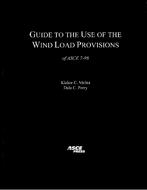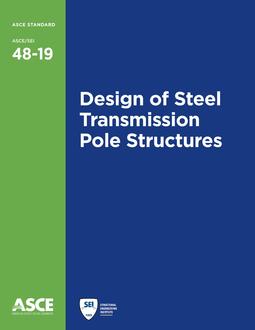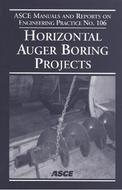Click here to purchase
The treatment of water and wastewater results in the production of residual solids that must be handled. These solids typically are concentrated to reduce the water content before their beneficial use or disposal. As these solids are further processed and handled, their intrinsic properties-such as viscosity, rheology, flowability, and texture-change. Although much as been written to describe the chemical characteristics of these residuals, only limited information has been complied describing their handling characteristic and appropriate means of transport. The objective of this manual is to provide a reference document that the practitioner can use to determine the handling characteristics of residuals and to select appropriate conveyance systems.
The monograph has been organized into nine chapters. Chapter 1 provides an overview of the manual and describes a procedure for classifying residuals according to their transport properties. Chapter 2 describes the rheology, the types of water associated with the solids, and transport properties. Chapter 3 discusses the composition and characteristics of residuals as a function of how they are generated. Chapter 4 provides a comprehensive compilation of the types of equipment available for residuals transport, with photographs and illustrations. Chapters 5 through 8 provide guidance on the type of equipment that can be used for each of the major classifications of residuals: non-Newtonian slurries, thickened residuals, dewatered residuals, and granular and compactable residuals. Chapter 9 presents four case studies, highlighting lessons learned from actual operating installations.
Product Details
- Edition:
- 1
- Published:
- 04/05/2000
- ISBN(s):
- 9780784404386
- Number of Pages:
- 192
- File Size:
- 1 file , 9.2 MB


